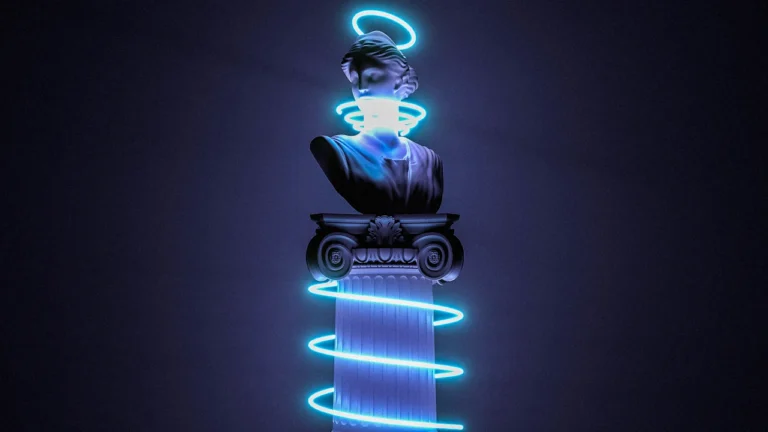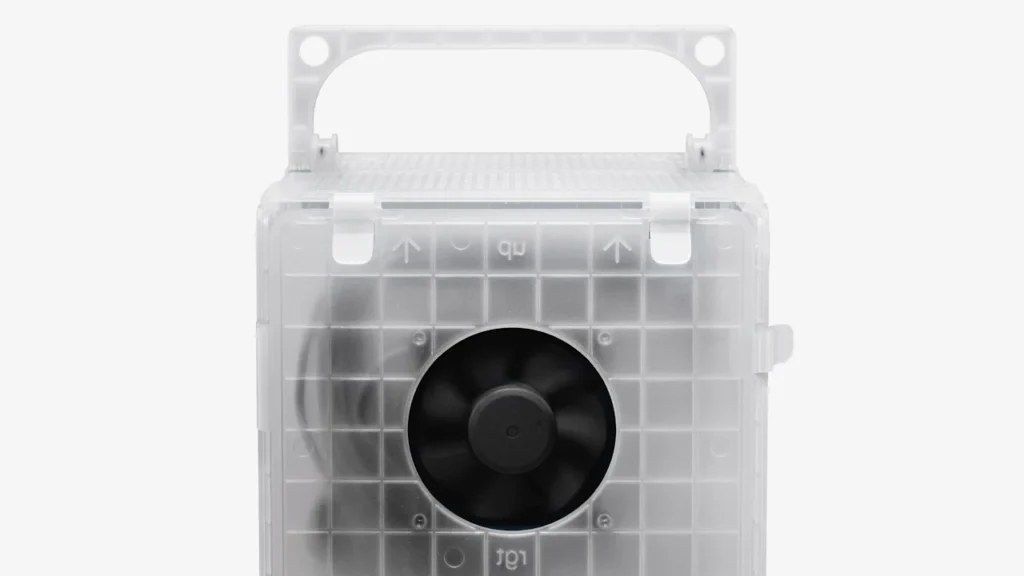
Teenage Engineering’s sweet new Computer-2 PC case has the company’s coveted aesthetic, requires a single screw, and, in a surprising twist, is completely free.
The Swedish design and hardware studio has found a way to democratize its typical cool product drop to make fans happy and create new ones. Because the Computer-2 is one part brilliant product, one part ingenius marketing strategy.
The design of the Computer-2
The Computer-2 is constructed from a single sheet of semitransparent polypropylene plastic, so the case unfolds like origami from a flat pattern into a fully functional, rounded-corner mini-ITX chassis through an ingenious system of living hinges and snap hooks. The translucent material gives users a clear view of their components while maintaining the clean, industrial aesthetic that has made Teenage Engineering’s products instantly recognizable.
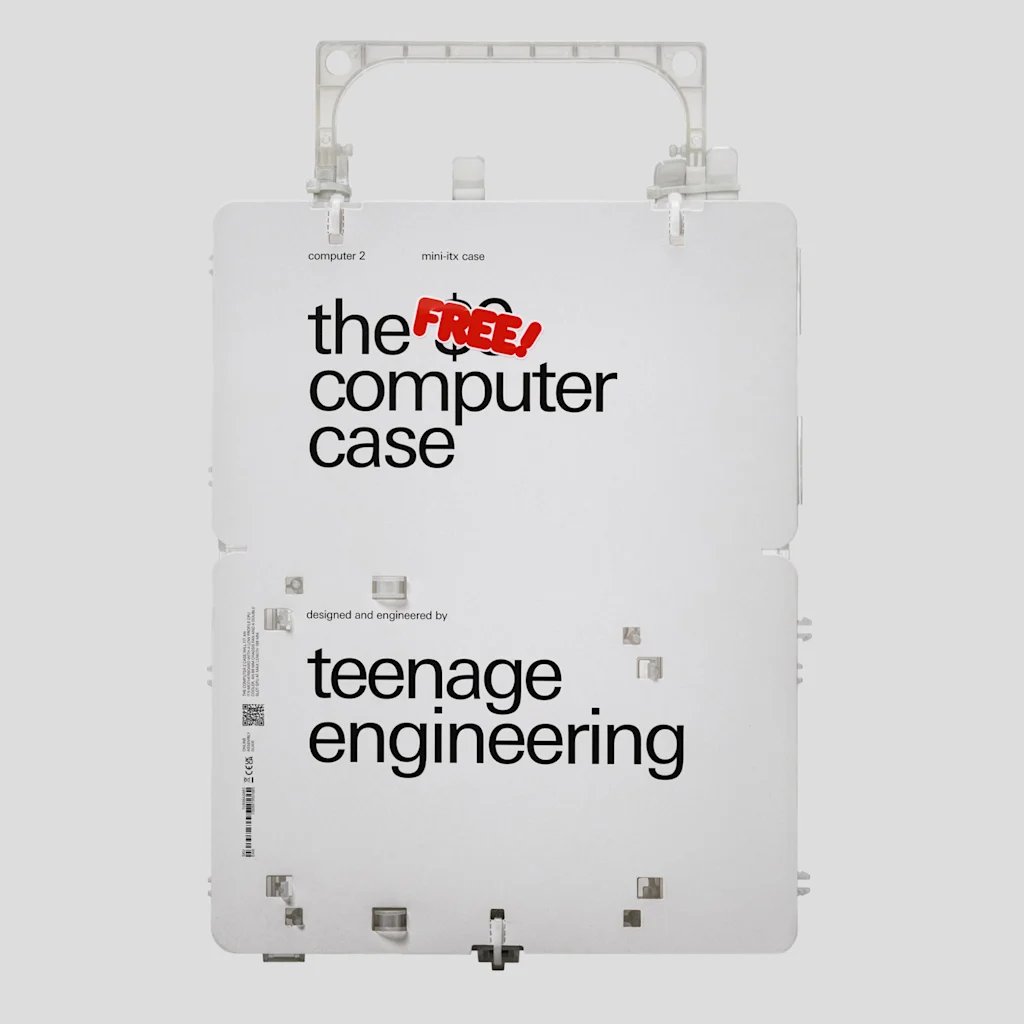
Despite its seemingly simple construction, the case accommodates a mini-ITX motherboard, SFX power supply, 80-millimeter chassis fan, and dual-slot graphics cards up to 180 millimeters in length—all the essentials for a compact but capable PC build. Fredrik Josefsson, the industrial designer behind Computer-2, tells me these features emerged from practical needs within Teenage Engineering’s Stockholm offices: “We like to make small form factor computer chassis for our own office desks, and this is the latest generation of that.”
The tool-free assembly instructions reveal TE’s obsession with elegant simplicity and clever product architecture. The case requires virtually no hardware beyond a single screw (for GPU mounting), relying instead on carefully designed snap mechanisms and friction fits.
Users unfold the chassis like a cardboard box, snap the power supply into the rear panel, click the motherboard into place using integrated hooks, mount the fan with silicone fasteners, and fold the entire assembly shut. The included silicone feet, O-rings for the handle, and power LED components complete the package, transforming what’s typically a screwdriver-intensive process into something closer to assembling furniture from Ikea—if Ikea made dressers that could run Cyberpunk 2077.
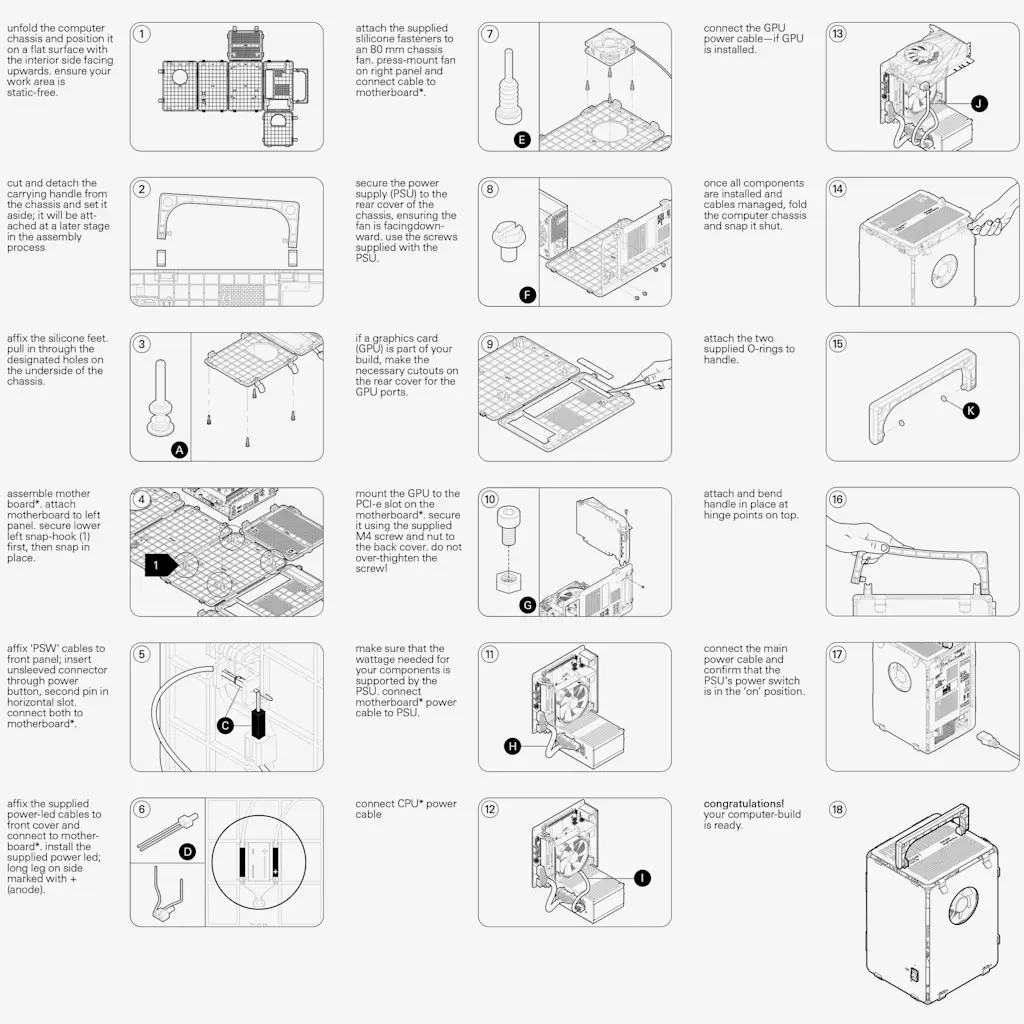
Soft skin, hard requirements
Josefsson tells me that the studio’s only requirement was that the chassis be entirely in plastic, manufactured in a single mold, without screws or additional components like power switches. “And we almost succeeded!” he says, ceding the design’s single screw.
Unfortunately, the single-mold construction requirement meant the case’s flat footprint is too large for most consumer 3D printers, despite Teenage Engineering’s history of releasing printable designs. “The living hinges would need to be redesigned to not break. Maybe next time!” Josefsson says.
The manufacturing process presented unexpected challenges that pushed the team’s problem-solving abilities. They managed to make it so cheap, Josefsson admits, that “for a while it looked like the packaging would be more expensive to produce than the product.”
At the start of the project, they thought they would be able to sell the case for just $9, but that changed at the end of the design and testing process. “We managed to make it cheaper than we expected, and someone came up with the idea to sell them for [nothing]. Why not?” Josefsson tells me. The cases, he says, are manufactured in China.
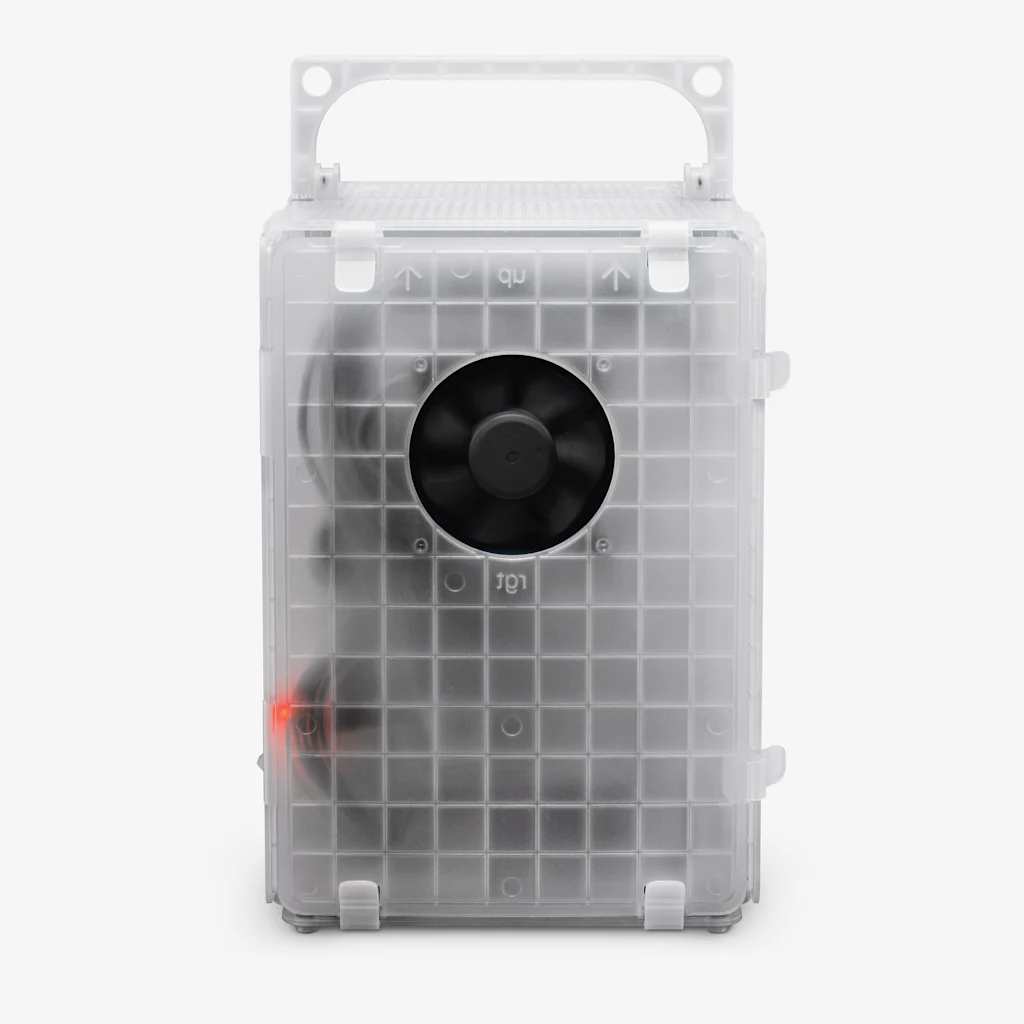
Moar please
Computer-2 is Teenage Engineering’s most democratized product drop yet, removing the financial barrier that typically limits access to the company’s cult-favorite gear. Unlike previous entries in its “Flipped Out ’25” product drop schedule—which started with the $1,999 OP-1 Field synthesizer—Computer-2’s free pricing transforms an exclusive product launch into a customer acquisition strategy seemingly disguised as generosity. (Or maybe TE is that generous. Gotta love the Swede spirit).
At a production cost of “less than $9” per unit, Teenage Engineering essentially converts manufacturing expenses into marketing spend, besting industry benchmarks where customer acquisition costs range from $68 to $86 for e-commerce businesses to $205 to $341 for B2B companies. Research shows that acquiring new customers costs 5 to 10 times more than retaining existing ones, making promotional giveaways an increasingly attractive alternative to traditional advertising channels.
The case is currently sold out, but Josefsson assures me that new units will hit the store soon—though he won’t reveal how many units were initially available or how many will return. Just set your Google alarm for that free TE candy and get ready to snatch it.

